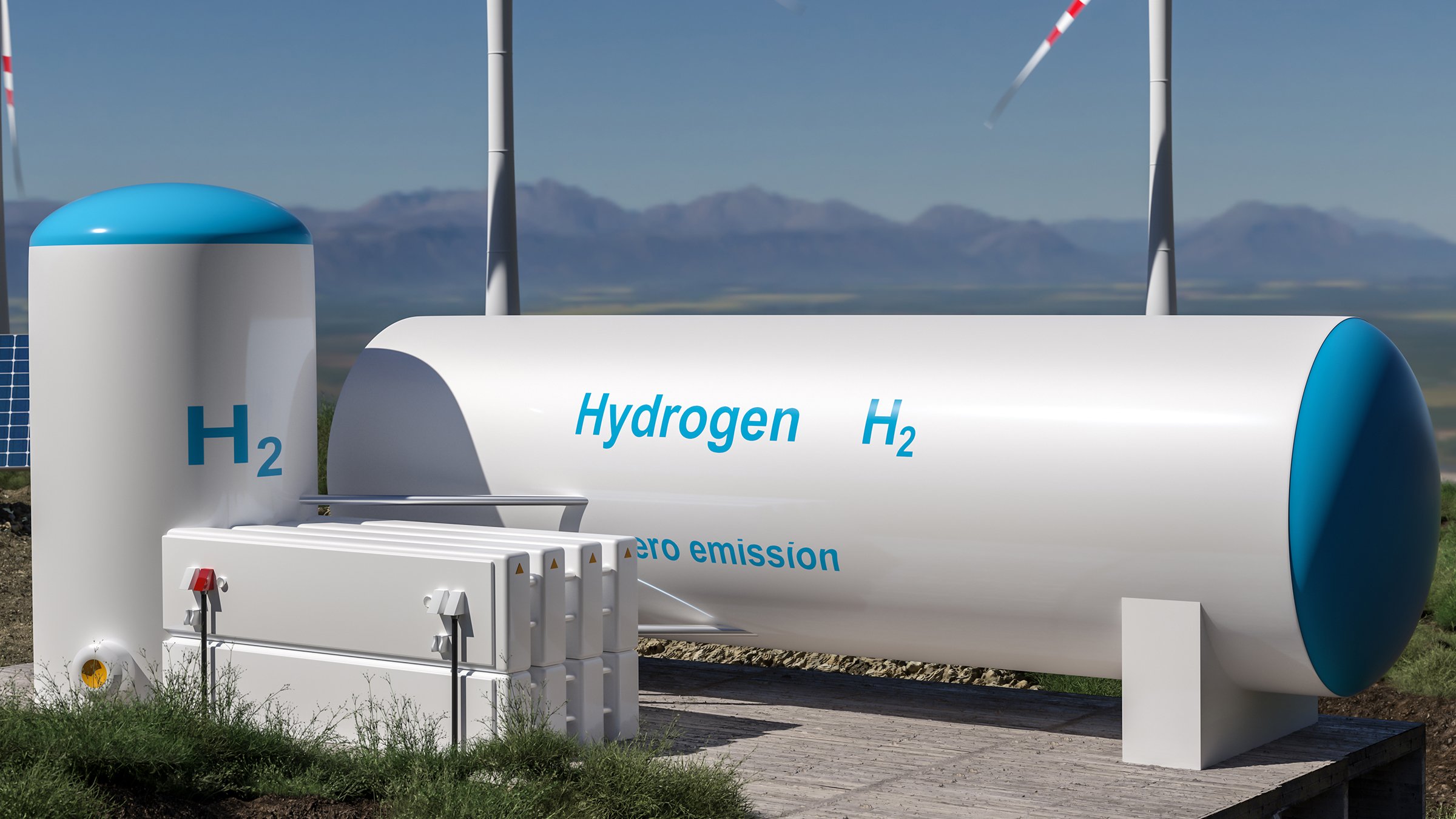The low-carbon hydrogen era has arrived! And it’s here for the foreseeable future. However, there are some challenges that must be addressed in order for producers to achieve a share of the blue and/or green hydrogen markets.
Some of these challenges include producing hydrogen in restricted spaces, the huge unknowns within the market due to the lack of best practices, and the size and costs that currently accompany production. The keys to success lie in the adoption of technology and its connection to people and processes which create a foundation upon which optimization can be achieved.
First, the strong foundation
Automated chemical-reaction units are the only similarity between blue and green hydrogen production. These modulated units are scalable, easily integrated, safe and reliable. The units also grant operators some comfort in the knowledge that they must be designed for data to flow between critical touchpoints, all pushed into a centralized operation center. Finally, the data must be contextualized to provide usable insights for operators to address issues like pump failures or energy optimization needs.
The adoption of an open standard for these units also allows a producer to choose solutions that fit their needs. Having to deal with long integration times and maintenance issues will also be avoided. Automation and instrumentation vendors, like Rockwell Automation and Endress+Hauser, have already created and proof tested products meant for interoperability and configurability. These offerings can speed up time to market and lower overall lifecycle costs.
Then comes optimization
Information-driven operations: Once security is established, there are steps low carbon hydrogen producers can take to optimize their production. The first is creating a process to freely share and access data using an intelligent automation system. The mix of drives, smart instruments and historical data allow staff to evaluate data and gain insight into how operations are performing and evaluate any issues. This data also allows workers to predict device and operations health.
Improved risk management: Another optimization technique is ensuring safe operations. Integrated power and control systems can essentially allow workers to check information from any device, even their smartphones, allowing staff to maintain safe distances from potentially hazardous situations, which complements the use of scalable safety instrumented systems designed to meet their own unique requirements. Connected operations also allow for more powerful cybersecurity measures, like threat detection, to be added to help meet the growing cyber threat from bad actors.
Connected workers: To work efficiently, workers must be able to access various types of key information. Remote access can negate the challenge of skills shortages. It can also create the ability to tie the information from multiple production sites to see performance trends. Two examples of this are Augmented reality (AR) and Cloud-based Computerized Maintenance Management Systems™ (CMMS). AR can create safer work environments and prevents training from disrupting production. CMMS can allow workers to focus on more important maintenance demands, wasting less time on administrative tasks.
The future of low-carbon hydrogen production
It is no secret that uncertainty and risks accompany the process of low-carbon hydrogen. Industry standards and best practices are still a work in progress. But using these proven modern and innovative techniques will help to ensure safe hydrogen production while helping to overcome workplace challenges.


